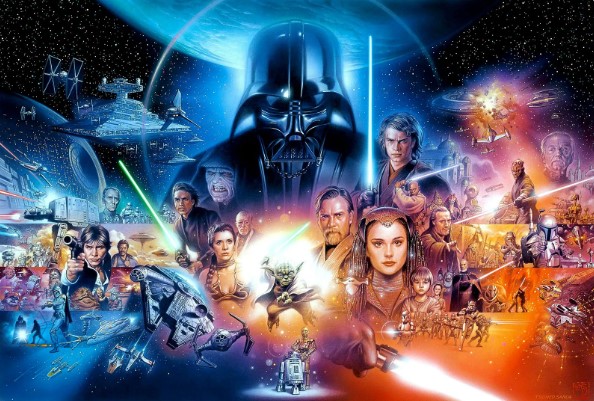Artificial Intelligence (AI) has slowly been creeping its way into our lives since the 1950s, but it’s really been making big strides in recent years. Thanks to AI, cars can drive themselves, computers can understand us better than humans ever could, and even our phones are now capable of recognizing our voices and photos without us having to tap a button or tell them anything at all. And now that AI has started making such an impact on the world around us, many people have started wondering where it will make an impact next – especially in today’s quickly changing digital environment.

Automation in Journalism
The media industry has been changing over the past decade with a shift to digital. With this change, there have been new technologies and new ways of creating content. The most recent trend in automation in journalism is artificial intelligence. AI can now generate news stories, analyze data, and do other things that had previously only humans could do. These types of programs are already being used by many major organizations to gather information and produce content. AI will likely continue to take over more jobs and increase its usage in media production as time goes on.
Automation in Advertising
The advertising industry has always been a competitive field, and it’s only getting tougher. With more media options than ever before, brands have to spend their budgets wisely to stand out in a crowd. Automation has become increasingly popular as an effective way to manage ads across multiple channels and give advertisers more time for other parts of their business. Artificial intelligence (AI) will continue to play a huge role in the future of advertising. AI can be used for things like automatically planning budgets and setting up ad campaigns, so that human marketers don’t have to do all of the work themselves. It’s not hard to imagine that AI will eventually take over some aspects of media buying too, which would free up time for humans to focus on strategy and creative content creation.
Automation in Social Media
AI is taking over. It’s already taken over your Facebook feed, and now it’s making its way into media. In fact, an AI algorithm was recently used to produce a video for Vice News that turned out better than human video editors could produce. While this may seem like bad news for those in the media industry, it can also be seen as an opportunity to innovate and find new ways of storytelling that we haven’t discovered yet. After all, if machines are able to take on more tasks without human help, we will be able to explore other areas of our work that were not possible before.
The Pros and Cons of AI in the Media Industry
The Pros of AI in media include:
-Increased efficiency and decreased redundancy in production.
-Increased accuracy and reduced error rates in data analysis.
-AI can be used to create compelling content, which will ultimately lead to increased revenues.
The Cons of AI in media include:
-AI systems cannot yet fully comprehend what they are analyzing, which can result in bias against certain topics or demographics. This could potentially lead to unfair representation for certain people.
-Media organizations must train their employees on how to work with AI, which takes time and resources away from other initiatives.







